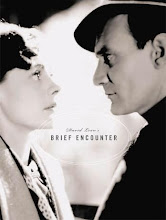Tarkovsky taks about his predilection for poetry in cinema by differentiating poetically linked cinema from the traditional narrative of images linked together. But, in a film that is thoroughly and truly picturesque, it redefines conventional narrative by linking images through images. Tarkovsky claims logical sequentiality is banal, and poetry in cinema participates the viewer. But what does Parajanov do through his images? It functions a similar role to iconography, where images serve to point and direct toward multiple layers of meaning.
The images in the film stand still for a second, enough to impress on the reader the colors; they are sometimes aided by sound as well, like when men mechanically grind grapes with their feet or with the songs used when mourning the death or Sayat Nova's poems used in the film. However all these serve to heighten the effect of the image or the picture, if that sounds independent and not the other way around.
The film traces the poet's growth, from his childhood to his sexual awakening even registering his wife's death to a rapid change in color of lace from red to black, and eventually his death.
But saying that the movie is about Sayat Nova alone would be swatting it with a simplification. Armenian culture seeps through, in every image. The movie doesn't allow you much to think, for it is such a graphic movement in toto, so you are left gaping at beauty in the end, is all.
When I say the movie is full of images, I might have categorized it too roughly in the imagist file, but he took inspiration from Tarkovsky, Dear Parajanov, he created a poetry of his own.







No comments:
Post a Comment